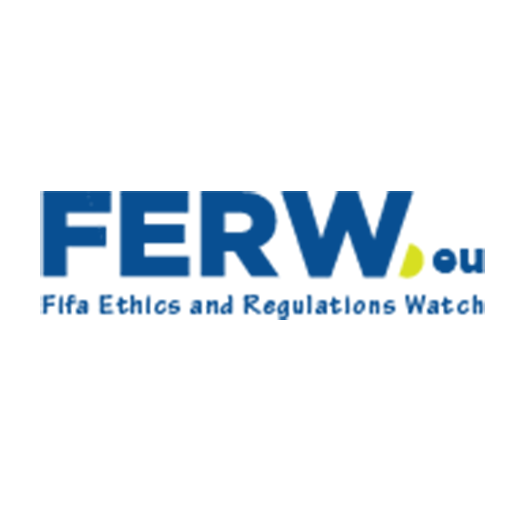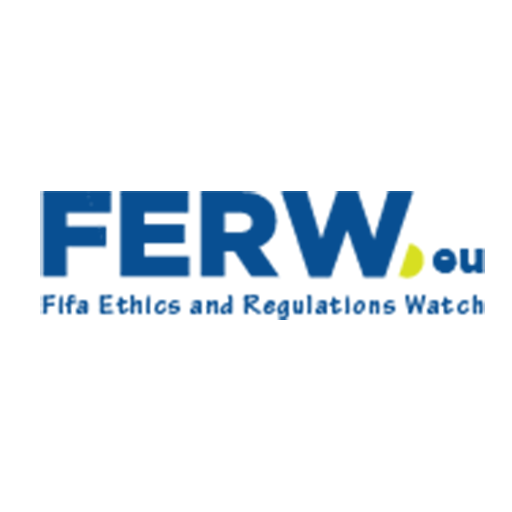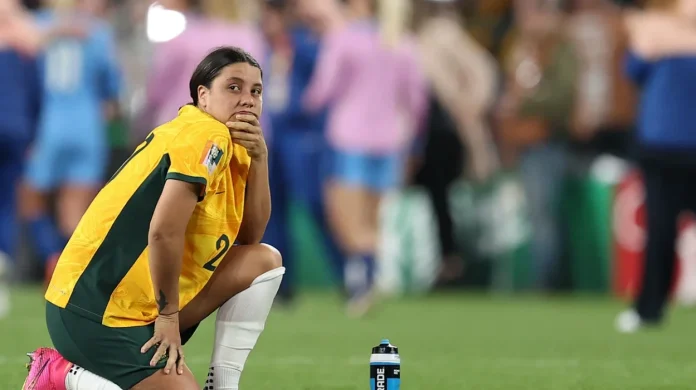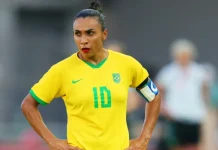FIFA still faces criticism over the persistent gender pay gap between male and female footballers. Despite increased visibility of women’s football globally, financial parity remains limited, with female athletes receiving significantly lower compensation. Progress has been made, but reforms lag behind in addressing this longstanding inequality in professional football earnings.
Indications like the increment of prize money and enlargement of contests on women’s side do little in reducing the financial disparity at high and grass-root levels in the sport. These inconsistencies go beyond being mere internal policy shortcomings of FIFA, and raise larger issues of fairness, governance, and the place the international community has assigned athletes to women.
The concern has again been brought to the center of debate after having been once again scrutinized by players unions, human rights organizations and countries federation in view of the 2025 Women World Cup budget statement. Regardless of the increased sponsorship and worldwide admirers, the most successful of the sporting world women earn but a fraction of the male counterparts- on and off the field.
Measuring the financial disparity
According to the recent statistics of the July 2025 United Nations estimation, the size of the problem is immense. The average annual salary of elite male football players is 1.8 million dollars whereas the top-tier of female players earns on average 10.9 thousand dollars. This dramatic contrast is not only related to business concepts of FIFA but to the situations of inequality related to national leagues financing, sponsorship access and outflow, and the media. The message that this has on female athletes is quite clear: not all of them can afford to be fully supported by the game of football and their livelihoods usually depend on external income sources or different careers to keep them going.
This disparity of income is accumulated with downstream constraints in the design of the contracts. Female players often work in short-term contracts that do not have regular benefits/protections like maternity leaves, injury requirements, or future developmental provisions. The outcomes can more readily force athletes to make career-threatening decisions about sport or family and foster the gendered disparities in career length and income.
Prize money and tournament compensation
FIFA’s decision to triple the Women’s World Cup prize pool to $150 million in 2025 marked a notable increase from $50 million in 2019. Nevertheless, this amount is still less than 40 percent of the men’s World Cup prize fund which exceeds $ 400 million. The raise, although welcomed by the athletes and unions, has been largely criticized as contingency since unless there is a revision of the system with significant reforms, the raise will have minimal impact. Unless the federations and leagues adopt the same payment structure in domestic tournaments and qualification bonuses, critics will say that the disparity will not go away any time soon after global showpieces.
Structural and institutional limits
The institutional hindrances are much beyond the field of play According to FIFA’s own 2025 diversity audit, women constitute just 22 percent of head coaches in women’s professional leagues and less than 15 percent of executives within national federations. This disproportion impedes the capacity of women to reach policy, access resources, or be agents of change in the way of preparing equal conditions.
Women football development is also unfairly under-invested by Federations in lower-income regions. In other parts of Africa, Asia, and Latin America where male programmes are already bearing the load on strained infrastructure and finances, women programmes tend to exist on unsustainable budgets. The causes of resource scarcity include: it is an obstacle to the development of young talent, the competitiveness of a league, or the transnational mobility of women.
Commercial value and unequal investment
Although women’s football has tremendous potential, men’s football is in a much more advanced commercial situation. There has been increasing interest in sponsorship, especially in Europe and North America, but sponsorship has not yet had the effect of changing institutional funding priorities in most federations. Although there has been popular growth patterns in TV ratings, especially the occurrence of the 2023 and 2025 Women World Cups, the sport has remained stubborn when it comes to inching towards financial funding by the respective federations.
Most federations, according to internal reports, will fail to meet the 2027 deadline, and the target is not legally binding. The advocacy groups insist on forced minimum amounts of investment and audits of transparency to provide control of the transparency at the member associations levels.
Cultural bias and systemic discrimination
The goal pay gap under FIFA also shows the underlying cultural attitudes of the football culture more broadly Although the number of people supporting women football is increasing all over the globe, women foot players are frequently subjected to derogatory stereotypes as well as abuse online. Research in 2025 reveals that online harassment on digital platforms based on gender and race increases significantly in large women tournaments that affect the mental health as well as the commercial attractiveness of the players.
This toxic atmosphere is the cause of personnel loss and the deterrence of the role modeling necessary to inspire the future generation. The legitimacy of female sport continues to be doubted or judged inferior in relation to the male competitions by the society which further enhances the image of being less valuable.
Intersectional challenges in football equity
The problems women deal with in football are compounded by race, disability and sexual orientation. Athletes that comprise marginalized communities have more difficult access, endorsements and representation on the international level. Transgender athletes continue to find themselves in the middle of debates regarding policy. Though a single policy on transgender participation is yet to be released by FIFA in 2025, the existing policies by individual federations vary greatly, a factor that has raised doubts and alienated transgender people.
To combat all of these multifaceted barriers, both policy and cultural intervention are necessary in football clubs, media & fans.
Media visibility and commercial leverage
Representation by the media is an important element that defines the commercial value and the outlook people have. It would be illusory to assume that women have found an equal amount of attention in the fields of television broadcasting, promoting efforts, and other match-day operations. Several international media monitoring organizations in 2025 estimate that women sports are allocated less than 15 percent of the total sports in television broadcasting coverage.
Such coverage deficiency has a negative impact on sponsorship attraction, ticket sales, and at the end of the revenue streams that can influence the salary structure. Even though a couple of broadcasters in Europe have made equal airtime promises on major tournaments, with other more hierarchical differences in the quality of match presentation, the tone of coverage, and the value of promotion continue to reinforce pre-existing hierarchical orderings.
Influence of sponsorship and fan engagement
Sponsors play a decisive role in driving equality momentum. Major brands that aligned with women’s teams during the 2023 and 2025 tournaments have reported improved brand equity and social capital. However, year-round sponsorship remains uneven, and investment drops sharply outside of global tournaments.
Creating sustainable investment models requires deeper engagement with club-level programming, community outreach, and consistent marketing partnerships that extend beyond symbolic campaigns. Only then can the financial conditions improve to reflect the sporting merit and professionalism of female athletes.
Their commentary points to the layered nature of reform—requiring cooperation from players, institutions, sponsors, and fans—to drive enduring change.
FIFA’s gender pay gap in 2025 remains a telling indicator of broader inequities in global football. While progress has been made, the pace and depth of reform continue to lag behind expectations. True equality will require reimagining governance, rebalancing financial flows, and reshaping cultural narratives that have long devalued women’s participation in the sport. How football’s institutions address this imbalance will not only determine the future of women’s football but also the credibility of football as a universal and inclusive global game.












